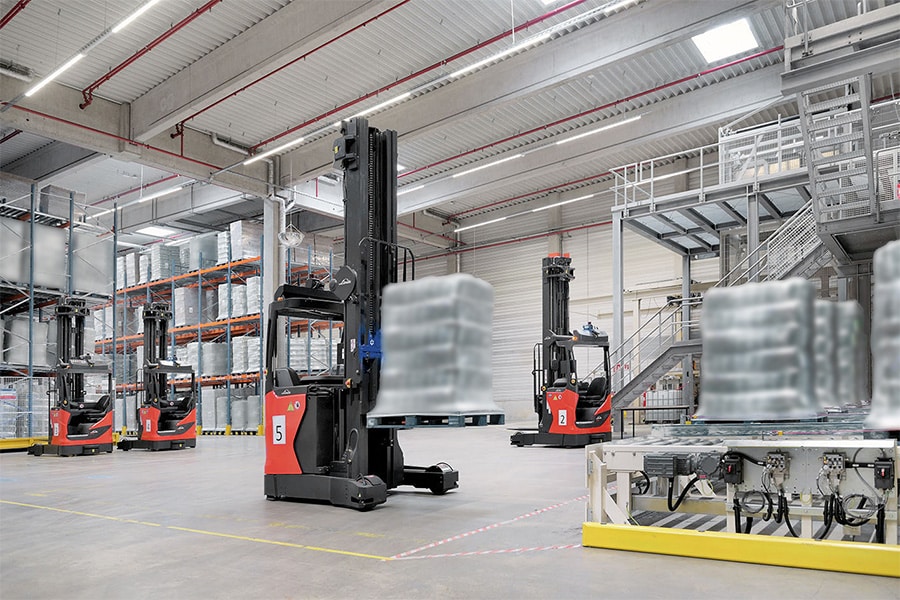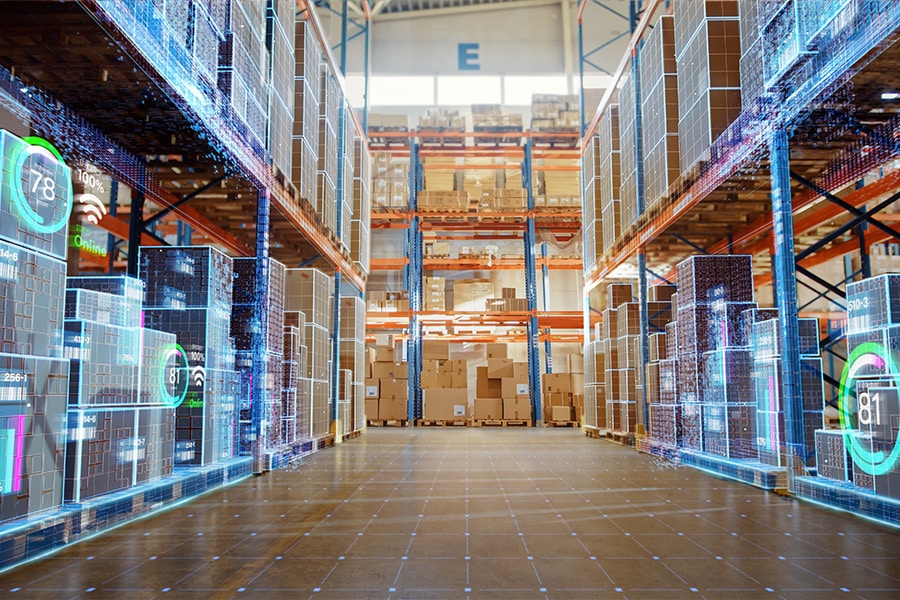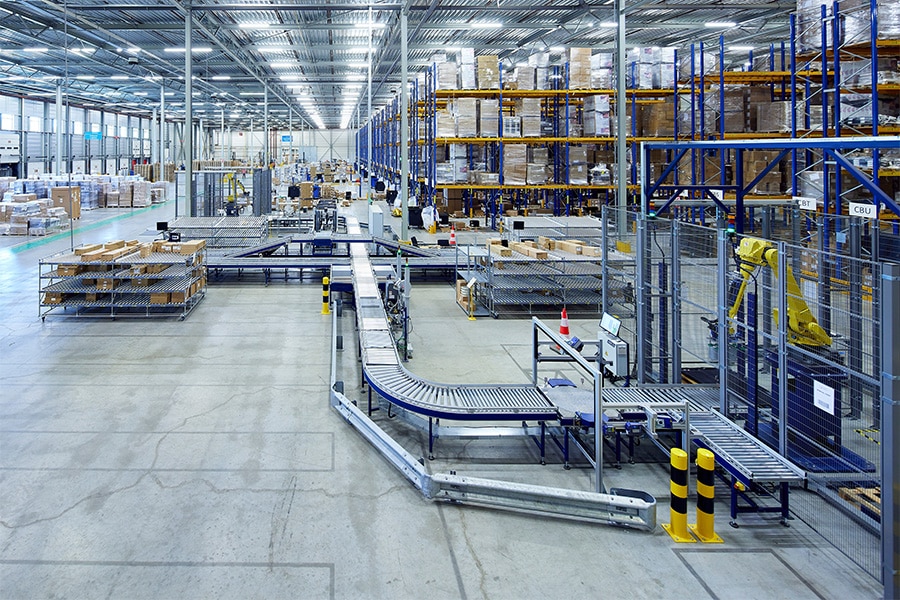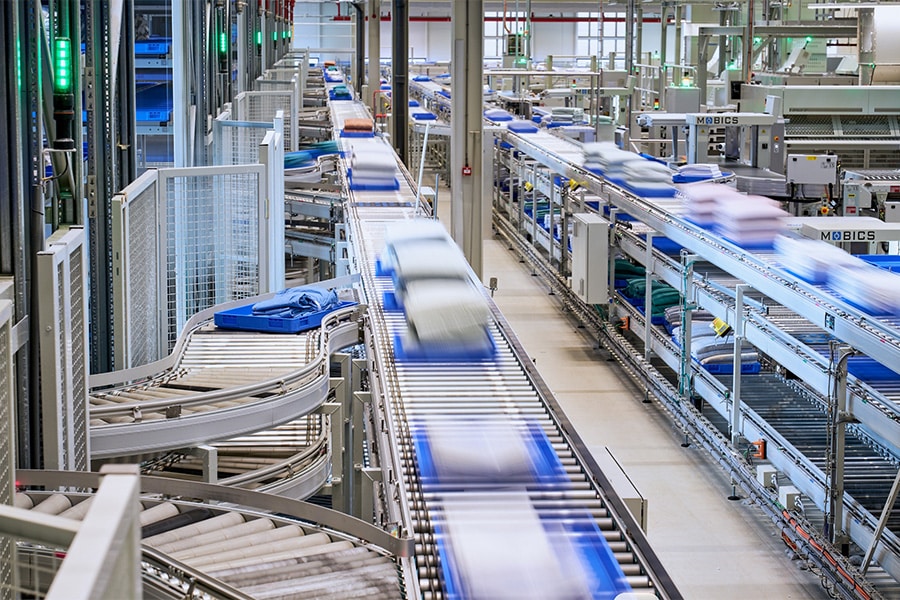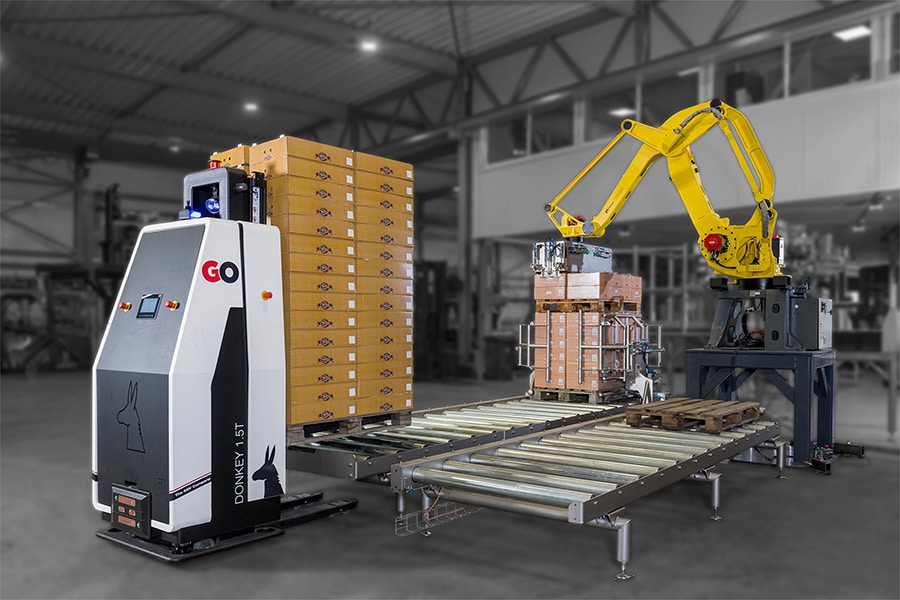
‘The people are simply not there’
Robots and AGVs take over workloads
Automation in warehouses is becoming less and less of a choice and more of a necessity. So says Bastiaan Krijger, founder and owner of Zeeland-based KV-Techniek. His company supplies complete robot lines and Automated Guided Vehicles (AGVs), with a strong focus on the food industry.
“When I started in 2012, I bought used robots from the closed Opel factory in Antwerp,” says Krijger. “That was my starting point. Now we design and build complete robot lines - grippers, transport and detection systems - and integrate robots from major brands such as Fanuc, Yaskawa, ABB and KUKA. Thus, we have grown into a broad automation partner.” According to Krijger, the lack of personnel in logistics is the main driver of automation. “Many companies are asking themselves: do I deploy more people, or do I start investing in robots and AGVs? In practice, it turns out that those people are often not there at all. Then the equation ends. Automation is not only more efficient and stable, it is often the only option.” Safety and ergonomics also play a role. “With forklifts, you simply have a high risk of damage and accidents. AGVs are safer and more predictable. In addition, you can free up good staff for positions where they add more value. That way people grow with you instead of disappearing.”
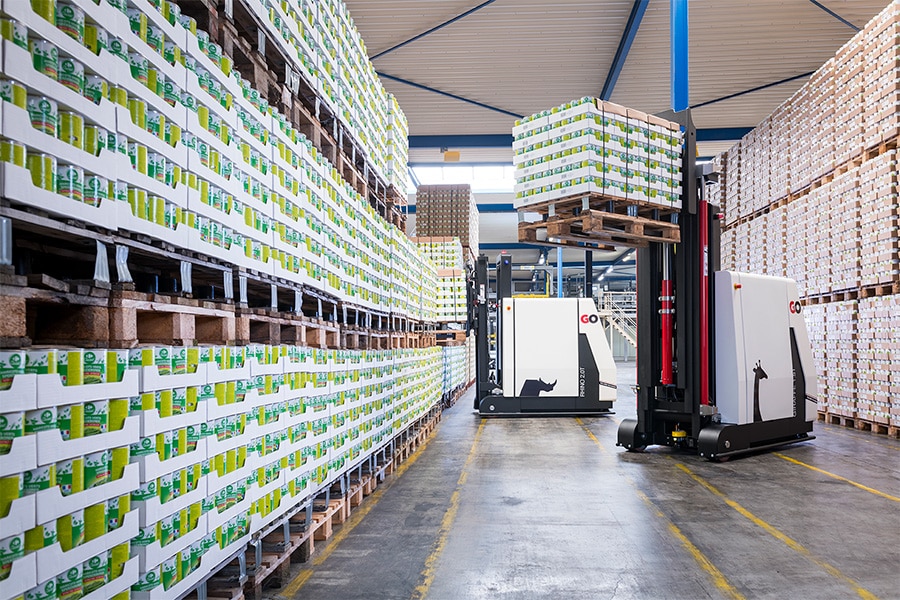
GO, the AGV company
With AGVs playing an increasingly important role, KV-Techniek founded a separate company: GO, the AGV company. “We wanted a clear face to the market,” explains Krijger. “A robot integrator who might be our customer for AGVs should not feel that we are his competitor at the same time. By setting it apart, we provide clarity and focus.”
Taken care of from A to Z
Where other suppliers often supply individual products, KV-Techniek offers integrated total solutions. “A customer wants one point of contact. We can build a line that packs boxes, stacks pallets, which then travels to the wrapping line or warehouse via an AGV. Whether it's a robot, conveyor or AGV, you call us and we take care of it. That's the power of a systems integrator.”
A telling example is a project at an anode block factory. “There, a robot inspects and cleans the blocks. Then two AGVs stack them up to five meters high. Those vehicles run completely unmanned at night. This saves the factory two weekend shifts of forklift drivers. On New Year's Eve, at one minute past twelve, an AGV simply drove its rounds. That says it all.’
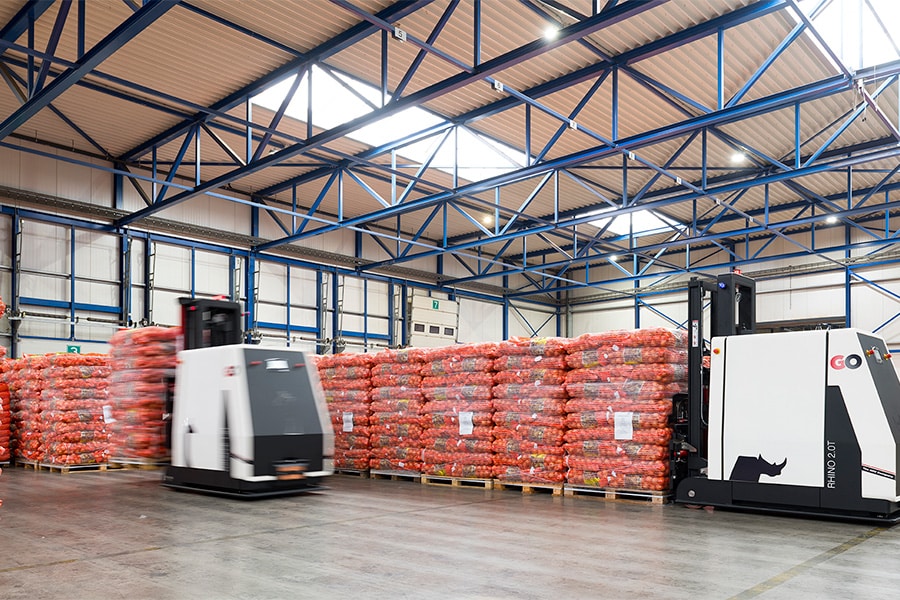
The human factor
Automation means change - and that sometimes meets with resistance. “People are often afraid of losing their jobs, or of not being able to handle the technology. That's why we involve employees from the beginning. Give them ownership, let them think along and train them well. Then they become ambassadors instead of opponents. You shouldn't keep people stupid; when they understand how a machine works, their confidence grows.”
The same is true for projects in existing environments. “Brownfield automation requires cooperation with the people on the floor. A forklift driver who has been putting pallets in the same place for twenty years needs to have a say if that suddenly has to change. If you involve him, you will come to a workable solution together. If you don't, you're guaranteed to get stuck.”
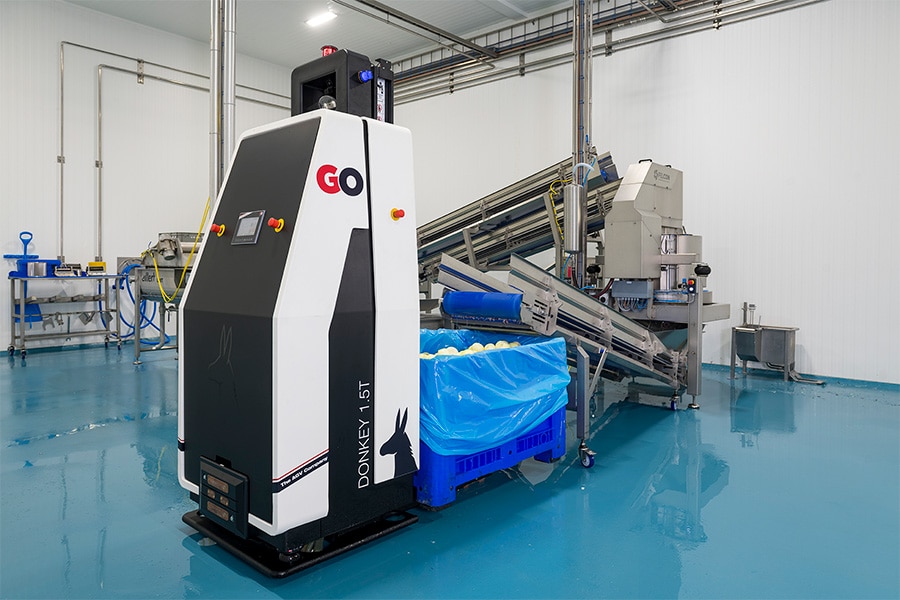
Future: shuttle racks and AGVs
Krijger sees particular opportunities in the coming years in the combination of shuttle racks with AGVs. “Companies that need to be very flexible - this pallet today, that one tomorrow - benefit greatly from this. That's why we are looking for cooperation with suppliers of shuttle racks to offer complete packages. Then, as a customer, you have one partner who integrates everything. That's the future.”
